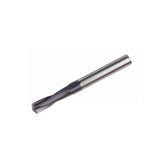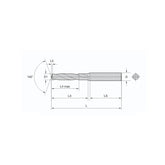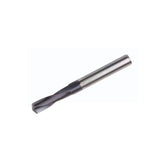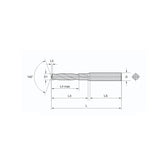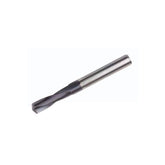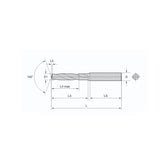Uncovering the Secrets of Chamfer Milling
Do You Really Know Chamfer Milling?
Unlocking the Secrets of Precision Edge Machining
When it comes to CNC machining and metalworking, terms like "milling," "drilling," and "turning" often steal the spotlight. But nestled within these processes lies a critical yet underappreciated technique: chamfer milling. You've likely heard of it, but do you truly understand its purpose, applications, and nuances? Let's dive into the world of chamfer milling and explore why it's a cornerstone of precision manufacturing.
What is Chamfer Milling?
Chamfer milling is the process of cutting a beveled edge—a chamfer—onto a workpiece, typically at a 45° angle (though other angles are possible). Unlike deburring, which merely removes sharp edges, chamfering creates a defined, functional transition between two surfaces. This process serves both aesthetic and practical purposes:
- Deburring: Smoothing sharp edges to prevent injury
- Aesthetic enhancement: Adding a clean, professional finish
- Functional preparation: Facilitating part assembly (e.g., aligning screws or welding joints)
- Stress reduction: Minimizing stress concentrations in critical components
Chamfer Milling vs. Traditional Edge Prep
Many confuse chamfering with similar processes like filleting (rounded edges) or countersinking (conical holes for screws). Here's what sets chamfer milling apart:
- Precision: Chamfer mills create exact angles and depths
- Versatility: Work on metals, plastics, composites, and wood
- Efficiency: Modern CNC automation reduces manual labor
Key Applications
From aerospace to consumer electronics:
- Thread preparation for screws
- Welding joint preparation
- Mold and die stress prevention
- Medical device finishing
- Automotive component optimization
Future Trends
Emerging innovations include:
- AI-optimized toolpaths
- Multi-functional hybrid tools
- Diamond-like carbon (DLC) coatings
